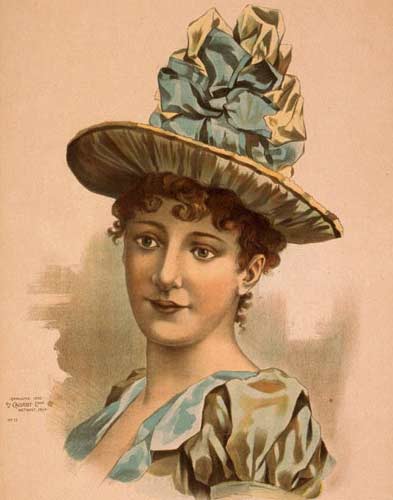

and a cloned pig from Infigen. The bonnets made by Kies from silk and straw were worn by women working in the fields.
 |
 |
Mary Kies, first woman
to be granted a US patent for "Weaving Straw or Fabric" in 1809,
and a cloned pig from Infigen. The bonnets made by Kies from silk and straw were worn by women working in the fields. |
|
1715 first person in the American colonies to obtain a patent from the King of England
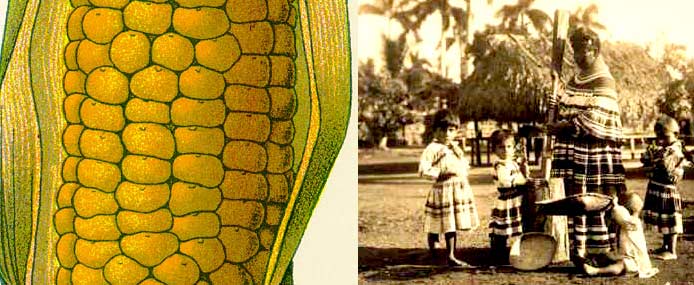 |
Seminole woman (Florida) using
wooden mortar and pestle to pound Indian corn. The first instance of enclosure
of Indigenous intellectual knowledge? |
 |
 |
|
Sybilla Masters nee Righton lived in
Philadelphia with a husband and children. One of the common foods of the
time was hominy, a fine corn meal. The usual method used by colonial women
for grinding the corn was to use two large millstones called millstones.
This was arduous work.
Source: http://www.cbsd.org/pennsylvaniapeople/level2_biographies/Level_2_biographies/sybilla_masters_level_2.htm
|
|
A beekeeper mask, patented by
Louisa Huff, in 1873 |
 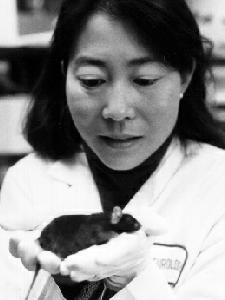 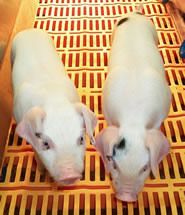 |
|||
cloned and transgenic animals |
|||
 |
||
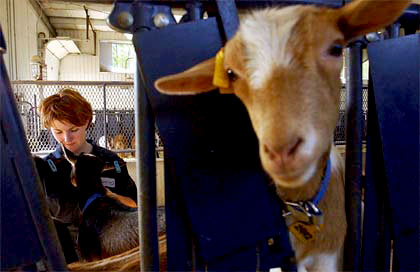 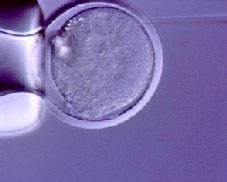 |
||
Nexia .. of spider silk,
goats and biosteel... |